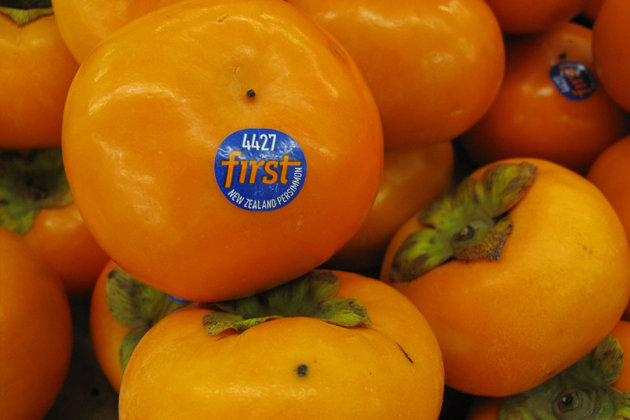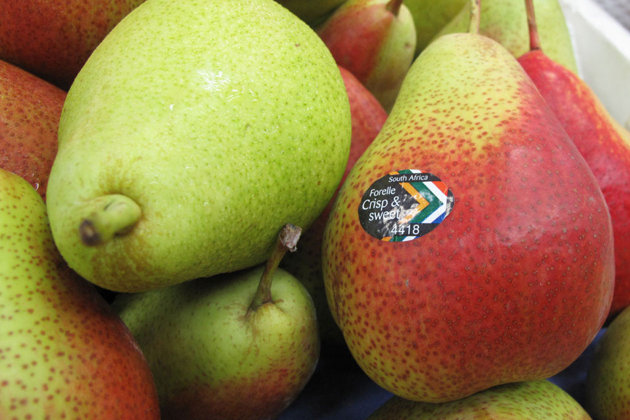
How to tell if fruits are organically grown
By Jade Hu - Tuesday, May 20, 2014
I am one of those people who like to give what I buy, especially fresh produce- a thorough inspection for bruises and the odd fingernail mark, plus eyeball those colourful little stickers on apples, kiwifruits, bananas etc… Besides helping us tell a Royal Gala (#4173) apart from a Red Delicious (#4015), these labels – also called Price Look Up (PLU) codes or labels – provide information about the variety of product and size so they can be priced differently by retailers, and save the cashier from having to identify the correct price to charge you for a conventionally-grown apple versus the organic variation.

That’s not really our concern unless you are a fresh produce seller. For us, the number on the labels suggests us how the produce is grown – whether it’s produced using chemical fertilizers, herbicides and pesticides or organically grown, and in some cases if it’s genetically modified.
If the PLU code contains four digits, it means that the fruit (or vegetable) is grown in a conventional setting, using pesticides.

If the PLU code contains five digits, and the first digit is a “9”, it means that the produce is organically grown – sans fertilizers, antibiotics, herbicides and all that chemical and unnatural jazz. For example, a conventional Royal Gala would be “4133” but an organic one would be “94133”.
But if the first digit is an “8”, it means that the produce is genetically-modified (GMO). Then again, since the PLU coding system is voluntary, what with the negative hype about GMO foods, you are not likely to see fresh produce branded with this condemning code.
The “8” or “9” are prefixes to the standard four digits – the last four digits on the label identifies what kind of fruit or vegetable it is – but it’s not useful to us unless you can’t tell a broccoli from a banana. Let’s leave that for the inventory robots.

While it seems that many varieties of produce have stuck to a particular number for some time – all kinds of bananas have had the code “4011” for the longest time – the 4-digit PLU codes are given randomly with no intelligence built into the code and can change, according to the International Federation for Produce Standards.
Even if you are not interested whether your peach is organically grown or not, for the produce fanatics out there – a quick look up of the prevailing code can tell you interesting factoids such as the botanical name, its country of origin and relative size for its fruit type…


